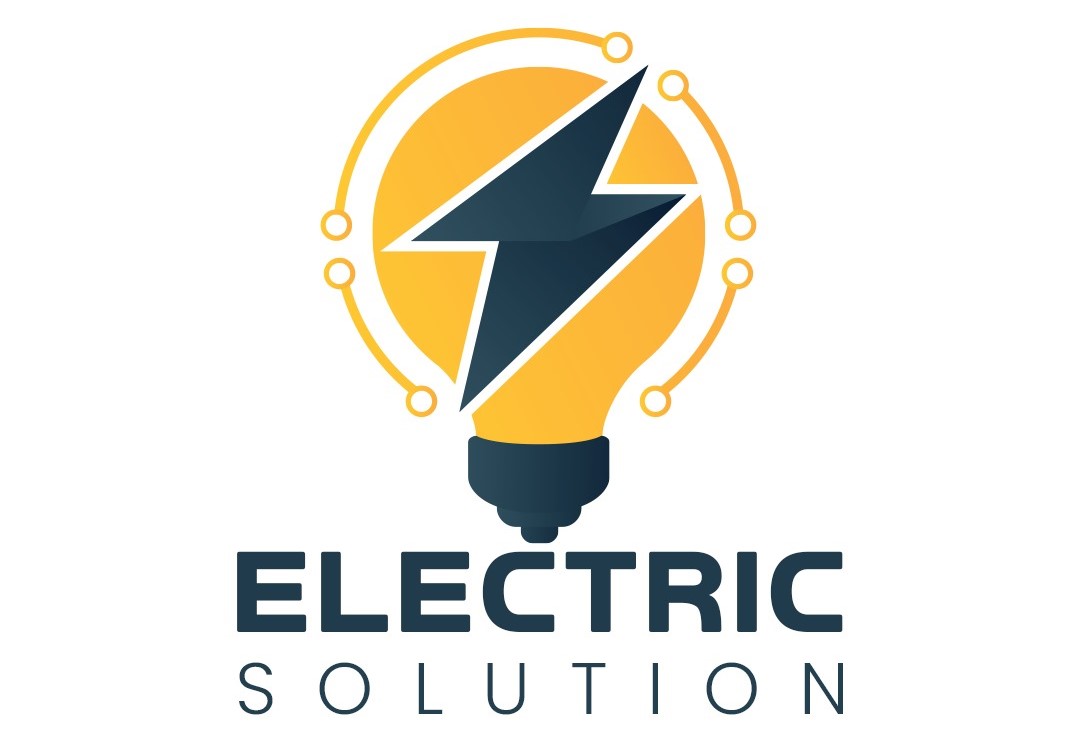A transformer is a device that moves current between electric circuits. It is made up of various parts that work together to transfer electricity to and from the transformer. All the major components of the transformer with their functions are given that will help you in increasing your knowledge about this interesting electric machine.
What is the transformer?
In electrical engineering, a transformer is a vital device that uses electromagnetic induction to step up (increase) or step down (decrease) voltage, ensuring effective power transmission and distribution. Operating on Faraday’s Law, transformers play an important role in passing electric current between circuits with very little energy loss. These devices are commonly used in power grids, industrial systems, and household appliances, making them an important part of modern electricity distribution. Their capability to control voltage and improve energy efficiency makes electrical transformers crucial for reliable power supply across multiple applications.
A magnetic flux is generated in the core when a variable or alternating current is produced. When a new core is created in the exciting core, a varying (electromotive force) EMF will be induced, and current will be transmitted in two circuits without any metallic conductors. This electric device is used to increase or decrease voltages, known as step-up and step-down transforms. You can use it to produce galvanic isolation between two circuits.
History
| In 1831 | Michael Faraday first introduced the transformer when he discovered magnetic inductions |
| In 1885 | Karoly Zipernowsky, Otto Balthy, and Miksa Deri made a practical transformer. |
| In 1886 | William Stanley Jr. introduced an improved version in the USA. |
| In 1891 | Nikola Tesla introduced a high-frequency transformer (the Tesla Coil) |
| In the 20-phase | became a standard device in the power distribution grids. |
Major Components of the Transformer with their functions
14 important factors of the transformer are given below:
1. Cores
Cores help in winding in the transformer. Closed-core transformers are made in two ways: core form and shell form. When the windings are placed around the core, it is called the core form. On the other hand, when the core surrounds the windings, it is called the shell form. Shell form core is more prevalent, while the core forms are designed to distribute applications in transformers.
Shell forms are designed to supply high-voltage power at the lower end and power rating. But this form or core is more common for high voltage and power levels.
Laminated Steel Core
The cores are made of silicon steel, usually used for power and audio applications. It contains high magnetic permeability. It reduces the need for electricity to magnetize the core and keep away magnetic flux or field within the windings.
Why are cores laminated?
Solid iron cores in the old transformers cause a high energy loss due to eddy currents. After solid irons, engineers used insulated iron wires to resolve this issue. Now, laminated core wires are developed, and still this process is used. Each thin layer of steel is coated with insulation to reduce energy loss.
Lamination limited the flow of eddy currents. Thinner laminations reduce losses of energy, but they are harder and more expensive to produce. Thin laminations are used in the high-frequency transformer.
Types of Laminated cores
- E-I Core
This type of core is made from stacked layers of E-shaped and I-shaped steel sheets. This type is affordable but has higher energy losses.
- C-Core
It is made from steel strips in a rectangle, bounding the layers and cutting them in half. It has lower energy loss because the magnetic field flows in a better direction.
Solid Core
Electronic circuits are made of powdered iron cores, which work at higher frequencies, like switch-mode power supplies. They have higher magnetic permeability and higher electoral resistance.
Toroidal Core
Toroidal cores have ring-shaped cores made from different materials depending on the frequency they operate. The materials are:
- Silicon Steel or Permalloy
- Powdered iron
- Ferrite
Air Cores
Air cores are made by placing the windings close to each other without using a magnetic core. In this core, the energy loss is caused by the magnetism in the core material.
2. Cooling
Every 7 to 10 degrees centigrade increase in temperature reduces the life of transformer insulation.
Cooling Methods
- Small transformers self-cool using natural airflow.
- Larger transformers use forced air, water cooling, and oil.
- Oil-filled transformers use mineral oil for both cooling and insulation.
- Dry transformers are air-cooled and often used indoors to avoid fire risks.
These types of transformers last for 50 years, but many fail within 10 to 15 years due to the insulation breakdown and overloading.
3. Windings
These are the copper coils that are wrapped around the transformer core. Windings are used for the following reasons:
- It reduces the energy loss due to the high conductivity. Higher conductivity means that it allows electricity to flow easily with lower resistance.
- It can be stretched into thin wires without breaking.
Types of Windings
Primary Windings
Primary windings are connected to the power source and receive the electrical supply.
Secondary Windings
It delivers the output after transformation.
The primary and secondary windings are covered with an insulator to prevent electrical contact between them.
4. Bushing
Polymers or porcelain insulted bushings with high voltage are provided in large transformers. It does not allow the oil to leak due to its complex structure and carefully controls the electric field gradients. Bushing acts as the barrier between the tank and terminals that prevent oil or current leakage and ensures insulation. To enhance the security and flow of electricity, the bushing connects the internal components of the transformer with the external.
5. Insulation
You have to insulate every turn of the winding, between the winding, between the core and the winding, and the terminal of the winding to enhance the security. In the small transformers, a layer of insulation is applied, and a polymer film is inserted between the primary and secondary coils and each turn of the winding. A polymer resin is coated to increase the strength and reduce the moisture.
6. Terminals
Terminals provide important connections with high voltage from the primary coil and low voltage from the secondary coil. The main function of the terminals is to transfer electricity throughout the terminals with enhanced security.
7. Tap Changer
It is known as the most important component of the transformer because it controls the voltage ratio and the number of turns. Tap the changer to compensate for the input voltage and control the output voltage. It has two types:
1. On-load
It allows changes without any separation of the transformer from the supply.
2. Off-load
It gives shifting by disconnecting the supply from the transformer.
8. Explosion vent
A metallic pip in the transformer known as the explosion vent minimizes the chances of rapid buildup of pressure and explosion. It is available at the top of the conservator tank and looks like a diaphragm that relieves the device from big damage.
9. Breather
A breather is used to control the air entering or leaving the device and prevent dust and moisture from entering. So a silica gel breather or oil breather ensures that the tank is dry and free from continents with the integrity and maintenance of oil.
10. Buchholz Relay
It is a device that fetches the abnormal conditions and faults within the transformer. Buchholz Relay is part of the oil transformer rated over 500KVA and prevents the system from further damage and failure of operations.
11. Oil conservator
It is connected with the oil tanker, and its work is to note down the changes in the oil due to the temperature variations. It maintains the oil level and prevents contractions and oil explosions within the system.
12. Winding Tap
This is an extra connection point available at the windings that helps in adjusting the ratio of turns. It is used to compensate for the variations in the input voltage and allow the regulations.
13. Oil Tank
These are the containers made up of silicon, containing transformer oil, and preventing thermal and mechanical challenges during operations.
14. Transformer Tank
It provides secure housing to the internal components of the transformer, such as the core, insulation, and winding, to maintain the external damages of transformers.


